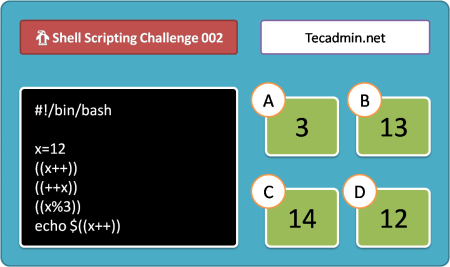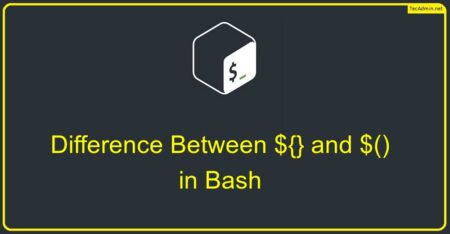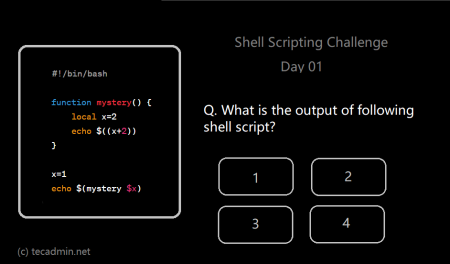Temporary files are an essential part of many software applications and scripts, especially when dealing with large amounts of data or intermediate results. In shell scripting, the ability to create, use, and manage temporary files can significantly improve the performance and flexibility of your scripts. This article will guide you through the process of creating and utilizing temporary files in your shell scripts, with a focus on efficiency and best practices.
1. Understanding Temporary Files
Temporary files, as the name suggests, are files created for temporary use during the execution of a program or script. They often store intermediate results or data that needs to be processed or manipulated before being used further. Temporary files are generally stored in a specific directory, usually /tmp or /var/tmp on Unix-based systems.
2. Why Use Temporary Files in Shell Scripts
Temporary files can serve several purposes in shell scripts:
- Store intermediate results for complex operations
- Process large amounts of data without using excessive memory
- Facilitate communication between different processes or scripts
- Debug and log script execution
3. Creating Temporary Files in Shell Scripts
There are several methods for creating temporary files in shell scripts. The most common method is using the `mktemp` command. This command creates a unique temporary file in the system’s temporary directory and returns its file path.
Here’s an example of creating a temporary file using `mktemp`:
1 2 3 4 | #!/bin/bash temp_file=$(mktemp) echo "Temporary file created: $temp_file" |
Execute the above script, you will get the result like below:
Output:Temporary file created: /tmp/tmp.pEV4KQ3Sb0
4. Writing Data to Temporary Files
You can use standard shell commands to write data to temporary files. Here’s an example of writing data to a temporary file:
1 2 3 4 5 | #!/bin/bash temp_file=$(mktemp) echo "This is a sample text" > "$temp_file" echo "Data written to: $temp_file" |
The above script will show the result like below:
Output:Data written to: /tmp/tmp.nRw4WnO9V4
5. Reading Data from Temporary Files
Reading data from temporary files is similar to reading data from any other file. You can use standard shell commands like cat, awk, or grep to read and process the data:
1 2 3 4 5 6 | #!/bin/bash temp_file=$(mktemp) echo "This is a sample text" > "$temp_file" echo "Reading data from: $temp_file" cat "$temp_file" |
Above shell script will generate output like:
Output:Reading data from: /tmp/tmp.EUqtj7DUyZ This is a sample text
6. Cleaning Up Temporary Files
It is crucial to clean up temporary files after they are no longer needed to prevent clutter and potential security risks. You can use the rm command to remove temporary files:
1 2 3 4 5 6 7 | #!/bin/bash temp_file=$(mktemp) echo "This is a sample text" > "$temp_file" cat "$temp_file" rm "$temp_file" echo "Temporary file removed: $temp_file" |
Alternatively, you can use the trap command to ensure that temporary files are removed when the script exits, even if it terminates unexpectedly:
1 2 3 4 5 6 7 | #!/bin/bash temp_file=$(mktemp) trap "rm -f $temp_file" EXIT echo "This is a sample text" > "$temp_file" cat "$temp_file" |
Conclusion
Temporary files are a powerful tool in shell scripting that allows you to store and manipulate data efficiently. By following best practices for creating, using, and cleaning up temporary files, you can create more efficient and robust shell scripts. Remember always to clean up after yourself, and your scripts will be more secure and maintainable.



